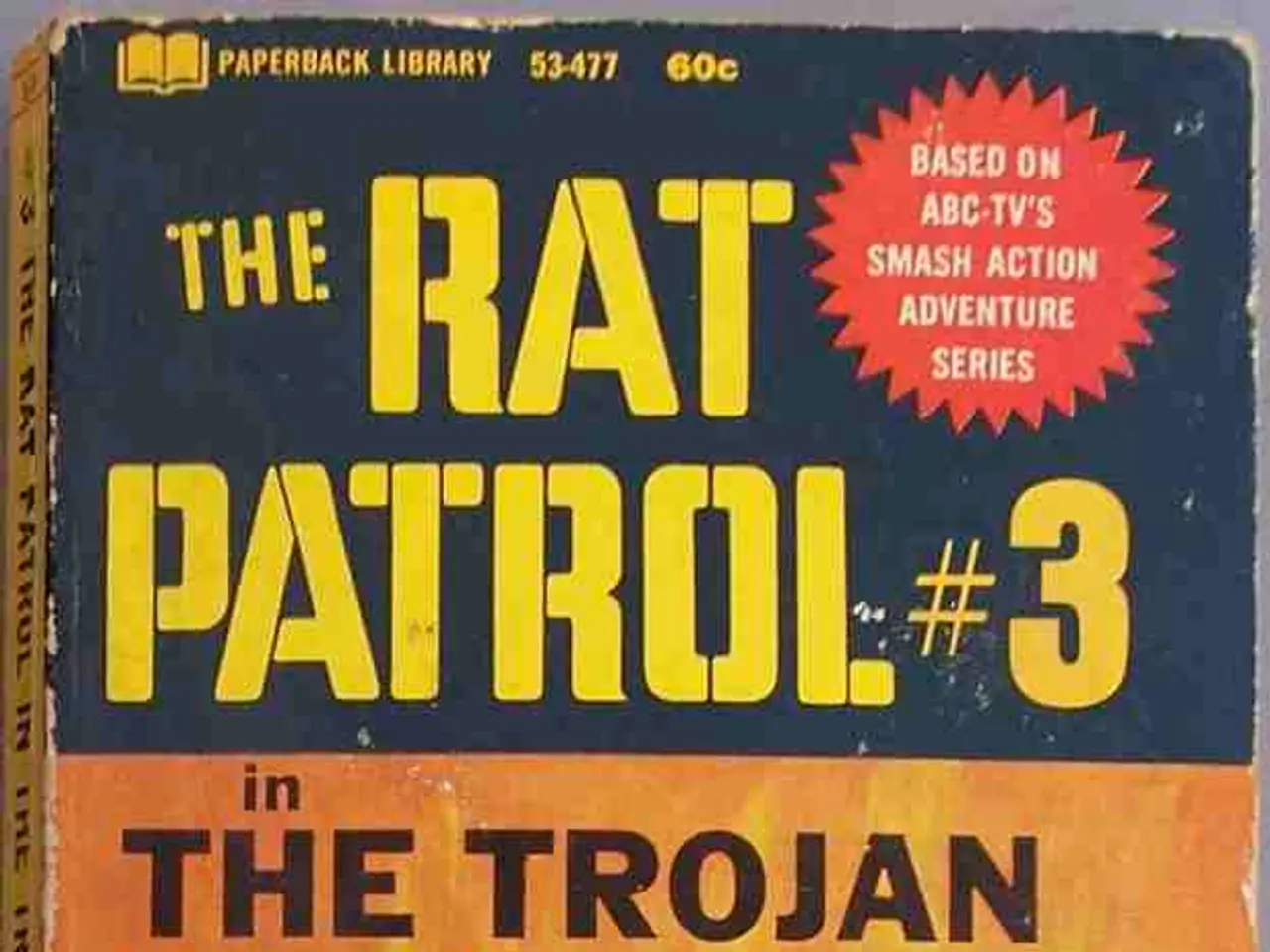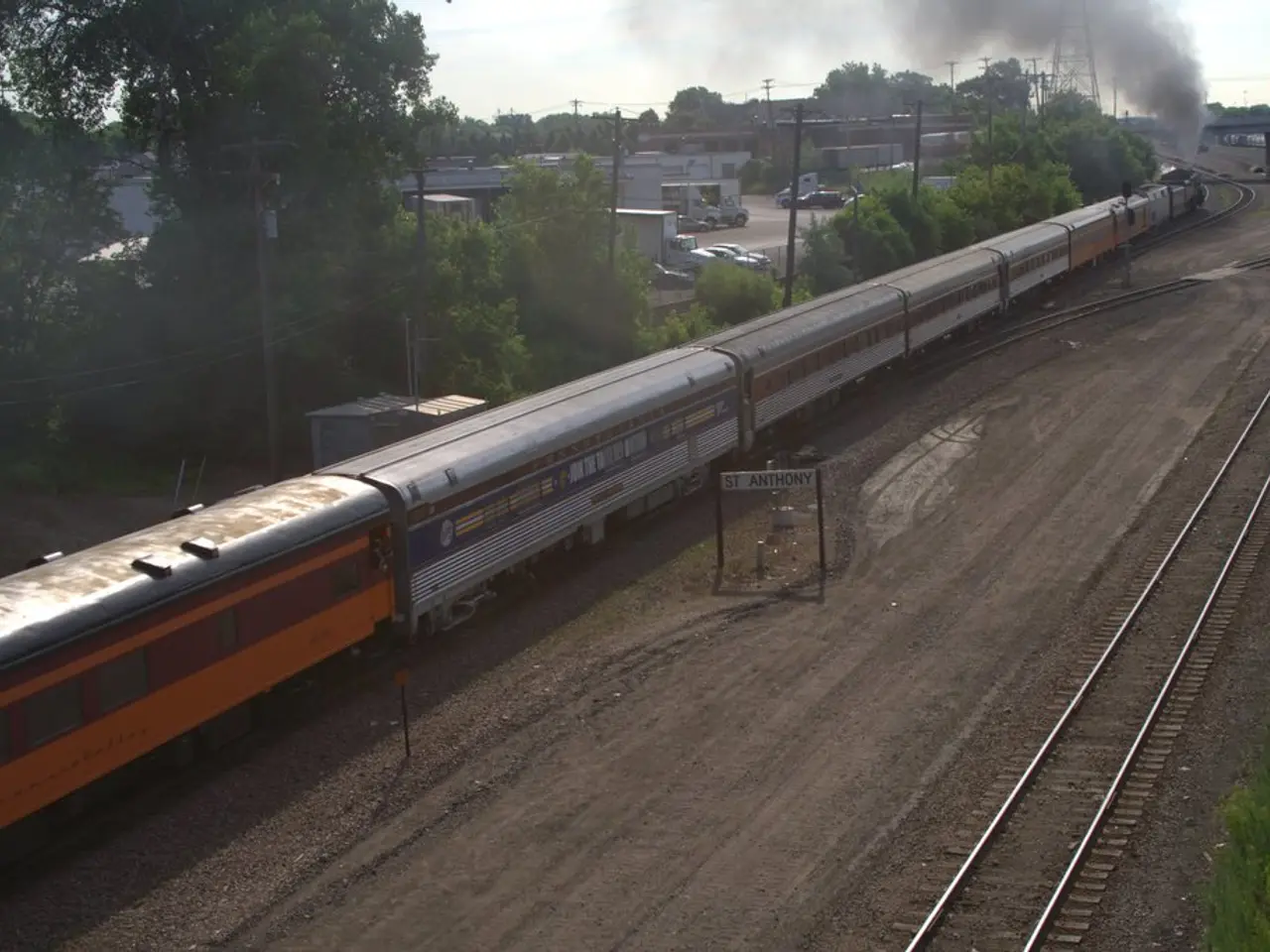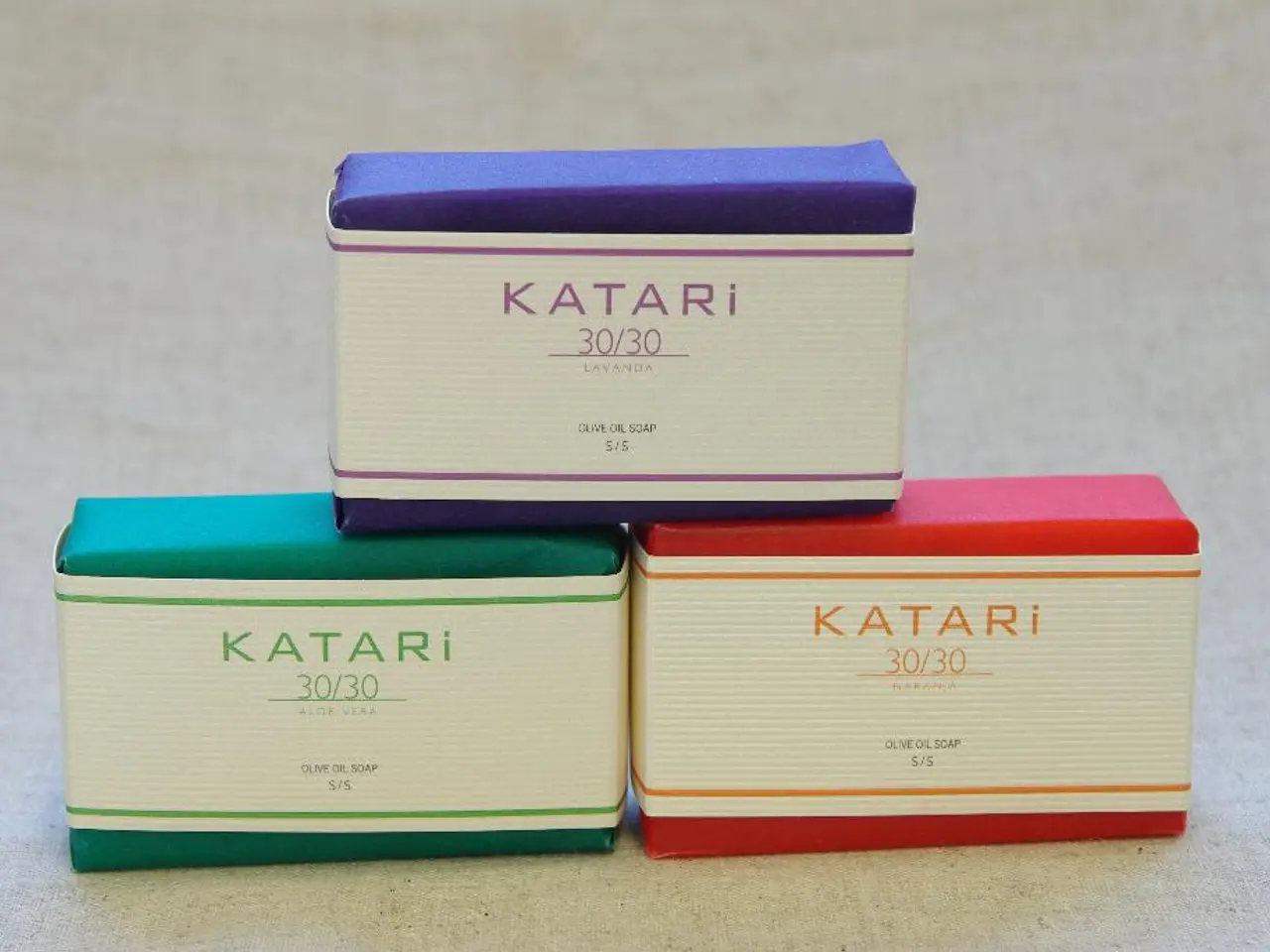U.S. and NATO in the process of crafting a fresh procurement strategy for American weaponry
In a strategic shift to support Ukraine, NATO countries are collaborating to provide weapons from their own stockpiles to Ukraine, with the United States replenishing these stocks with new American-made weapons purchased using funds contributed by NATO allies. This new model, estimated to be worth $10 billion, aims to speed up arms delivery without requiring direct US armament shipments to the battlefield [1][4][5].
The latest development comes as initial reports suggest that the drone found on Lithuania's military territory resembles an Iranian Shahed drone, which Russia is currently using in the thousands for its attack on Ukraine [5]. In a heavy Russian drone strike on the eastern Ukrainian city of Kharkiv, at least 11 people, including a five-month-old infant and two children aged nine and ten, were injured [3].
Under this system, NATO member states will provide weapons immediately to Ukraine, while the United States will backfill those stockpiles with new American-made weapons. This approach reflects recent US legislative proposals like the PEACE Act, which allows European allies to finance US military production to enable rapid drawdown packages for Ukraine [2]. The process includes careful coordination through NATO but avoids bureaucratic delays by keeping procurement bilateral between the US and individual allies [1].
Meanwhile, the situation in Ukraine remains tense. Rescue operations to find possible victims under the rubble continued in Kramatorsk after a Russian attack, resulting in at least three deaths and ten injuries [4]. In response, Lithuania is stationing additional troops and air defense capabilities at the border with Belarus [6].
On a different note, US President Donald Trump has been referring to the war in Ukraine as "Biden's war" [7]. This statement follows Trump's new ultimatum, in which he shortened the deadline for a ceasefire or peace between Russia and Ukraine to ten days and threatened sanctions [8]. In response, former Russian President Dmitri Medvedev threatened a direct military confrontation between Russia and the US [9]. Trump later announced the deployment of two nuclear submarines in response to Medvedev's remarks [10].
Elsewhere, Poland's intelligence agency has arrested a foreign national suspected of spying, accused of working for a foreign intelligence service and endangering the security of Poland and other NATO countries [11]. Last year, 16 political prisoners, activists, and journalists from Russian and Belarusian prisons were released in the largest exchange between Russia and the West since the Cold War [12]. One year after the prisoner exchange, some of the freed prisoners are calling for more commitment to remaining political prisoners [13].
References:
- BBC News
- Politico
- CNN
- Reuters
- Associated Press
- NATO
- CNN Politics
- The Guardian
- Bloomberg
- CNN Politics
- Reuters
- Reuters
- Deutsche Welle
- The ongoing war-and-conflicts in Ukraine have led to the implementation of an employment policy among NATO allies, where they are providing weapons to Ukraine from their own stockpiles, with the United States replenishing these stocks with new American-made weapons, which is funded by NATO allies through legislative proposals like the PEACE Act.
- Politics and general news are abuzz with the recent developments in Ukraine, as the NATO community policy includes the immediate provision of weapons by member states to Ukraine, while the United States backs these stockpiles with new American-made weapons through careful coordination and bilateral procurement, aiming to speed up arms delivery without direct US armament shipments to the battlefield.








